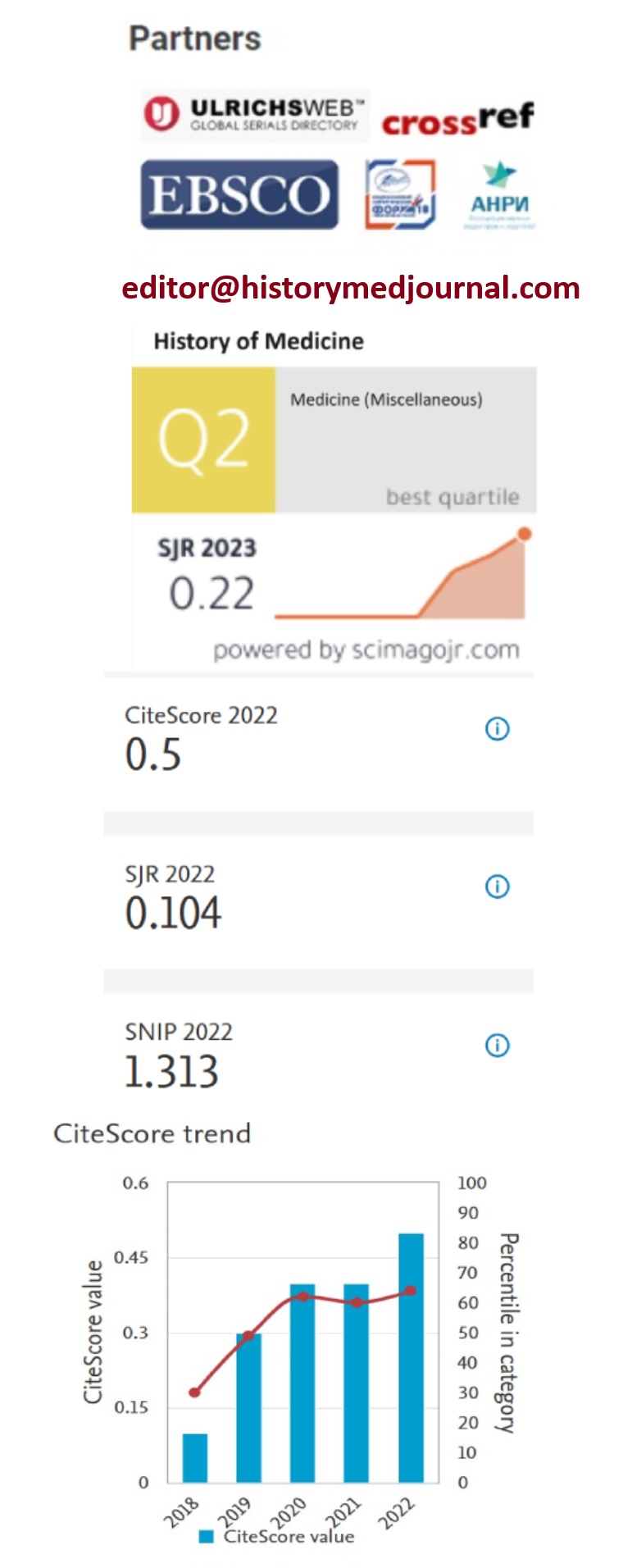-
The Evolution of Language Politics: A CDA Study of Urdu and Punjabi in Pakistan
Volume -10 | Issue -2
-
Artificial intelligence in diagnosing breast cancer imaging profile than other predicting markers. Current and best future emerging technology
Volume -10 | Issue -2
-
SURVEILLANCE OF VASCULAR ACCESS RELATED INFECTION IN CHRONIC HEMODIALYSIS PATIENTS
Volume -10 | Issue -2
-
The characteristic of antibiotic drug resistance of Salmonella Typhi isolated from tertiary care hospital in Faisalabad
Volume -10 | Issue -2
-
THE THERAPUTICEFFECTS OF GREEN SILVER NANOPARTICLES ON GRAM NEGATIVE RESISTANT BACTERIA; A NOVAL TREATMENT TO COMBAT MULTIDRUG RESISTANT BACTERIA
Volume -10 | Issue -2
The characteristic of antibiotic drug resistance of Salmonella Typhi isolated from tertiary care hospital in Faisalabad
Main Article Content
Abstract
Salmonella Typhi, a human-restricted pathogen, is increasingly exhibiting multi-drug resistance (MDR) due to the widespread and inappropriate use of antibiotics. This study aims to molecular identify the pattern of antibiotic resistance and asses the multidrug-resistance (MDR) and extensive drug-resistance (XDR) strains of indigenous Salmonella Typhi. Blood samples from 2456 suspected patients were assessed for MDR S. Typhi strains in this study. Molecular identification of Salmonella Typhi was performed by amplifying the fliC gene. The Disc diffusion method was used to measure the susceptibility of antibiotics.2456 patient samples, bacterial growth, and Salmonella Typhi were 152 (6.2 %) positive. PCR analysis confirmed that all 152 isolated strains were Salmonella Typhi (100%) through the amplification of the fliC gene. Isolates of Salmonella Typhi were resistant to ciprofloxacin (79%), ampicillin (63 %), trimethoprim (58%), and chloramphenicol (58 %). While 26% of the isolates had extensive drug resistance, 58% of the isolates demonstrated multi-drug resistance. Antibiotic resistance gene of quinolones was isolated as 44 (36.4%), whereas 88 (57.9 %) were positive for blaCTX-M gene were detected among cephalosporin-resistance bacteria 56 (36.8 %) resistance blaIMP and blaOXA-48 were detected among carbapenem-resistance bacteria. For the azithromycin resistance, more genes were detected as a percentage 03 (50 %) from isolates. It concludes that several multidrug resistance and extensive drug-resistance salmonella Typhi were found. The majority of isolates were sensitive to meropenem, Imipenem, and Azithromycin.

